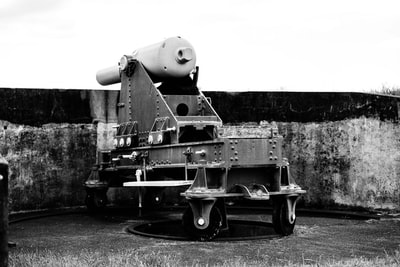 By the late 1920s, the idea of the rich kulak had become a powerful one. Stalin exploited it by arguing that greedy peasants were ruining Soviet agriculture. Instead of allowing peasants to run their own farms and keep the money they made from selling produce, Stalin brought in collectivisation – under this process peasants were forced to pool their land and resources together. This would make the farms more productive and efficient in Stalin’s view. The idea was that the government would take 90% of the produce, and the peasants could keep the remaining 10% for themselves.
By the late 1920s, the idea of the rich kulak had become a powerful one. Stalin exploited it by arguing that greedy peasants were ruining Soviet agriculture. Instead of allowing peasants to run their own farms and keep the money they made from selling produce, Stalin brought in collectivisation – under this process peasants were forced to pool their land and resources together. This would make the farms more productive and efficient in Stalin’s view. The idea was that the government would take 90% of the produce, and the peasants could keep the remaining 10% for themselves.
Reaction of the Peasants
The problem was that many peasants hated the idea. The way they saw it, the old regime had been destroyed to give them land, not make them share it with everyone else. Stalin had to make collectivisation obligatory in 1930 to get the programme off the ground. Even then, some peasants refused, and some even set fire to the food they produced rather than hand it over to the government. Stalin used his propaganda machine to identify these people as capitalist kulaks who were trying to destroy the Soviet Union. Individuals were sent to the gulag (prison camps in frozen Siberia), or, where whole villages resisted, all their food was taken and they were left to starve.
The End Result

Stalin Tightens his Grip on Power
Although Stalin had attained a pretty secure grip on power by the late 1920s, he wasn’t fully satisfied. In fact, he was downright paranoid that opposition forces were gathering to take him down. Importantly, he didn’t just believe that there were figures in the Party who were out to get him, but also that many ordinary Russians, connected in a worldwide capitalist conspiracy to destroy the Soviet Union, were looking to remove him. Well, that’s how he explained it to the world, anyway. Really no such conspiracy existed, and was merely an excuse to terrorize the population into obedience and remove the rivals who allegedly were behind this plot.